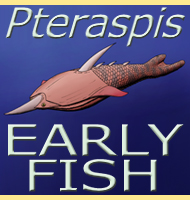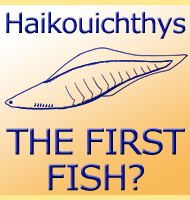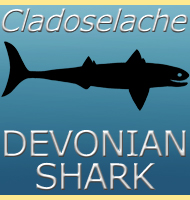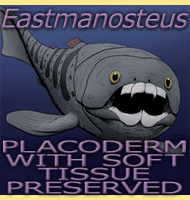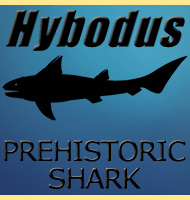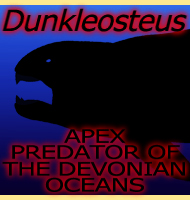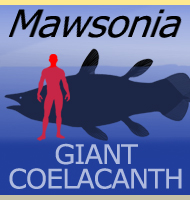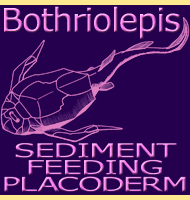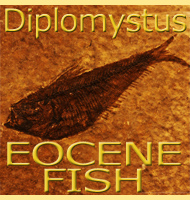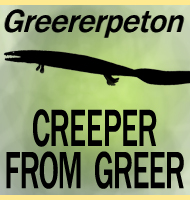


Osteolepis

Name:
Osteolepis
(Bone scale).
Phonetic: Os-te-o-lep-iss.
Named By: Pander - 1829?
Classification: Chordata, Sarcopterygii,
Tetrapodomorpha, Osteolepidida, Osteolepiformes, Osteolepidae.
Species: O. macrolepidotus, O.
microlepidotus.
Diet: Carnivore/Piscivore.
Size: About 20 centimetres long.
Known locations: Possibly worldwide.
Time period: Mid Devonian.
Fossil representation: Many specimens.
A fairly small lobe-finned fish, Osteolepis is noted for having heavy bony scales, features that may have helped with buoyancy issues. Even more interesting though was an outer covering of cosmine, a slightly spongy bony material that is known to have covered the scales of lobe-finned fish. This cosmine had a series of channels running through so that the sensory organs underneath still had contact with the water. This would have allowed Osteolepis, and other lobe-finned fish to have detected even minute changes in water pressure caused by passing aquatic animals.
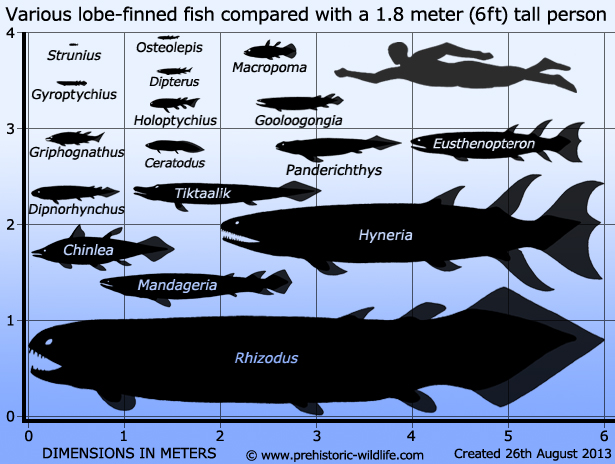
More information on the above fish can be found on their corresponding pages; Ceratodus, Chinlea, Dipnorhynchus, Dipterus, Eusthenopteron, Gooloogongia, Griphognathus, Gyroptychius, Holoptychius, Hyneria, Macropoma, Mandageria, Osteolepis, Panderichthys, Rhizodus, Strunius, Tiktaalik (upper estimate).
Further reading
- Cosmine and Cosmine Growth - Tor �rvig - 1969.
- A review of cosmine: Its structure, development, and
relationship to other forms of the dermal skeleton in osteichthyans
- Deborah K. Meinke - 1984.
----------------------------------------------------------------------------
Random favourites
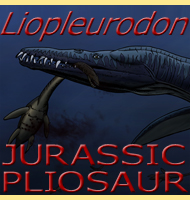 |
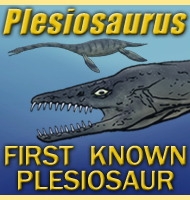 |
 |
